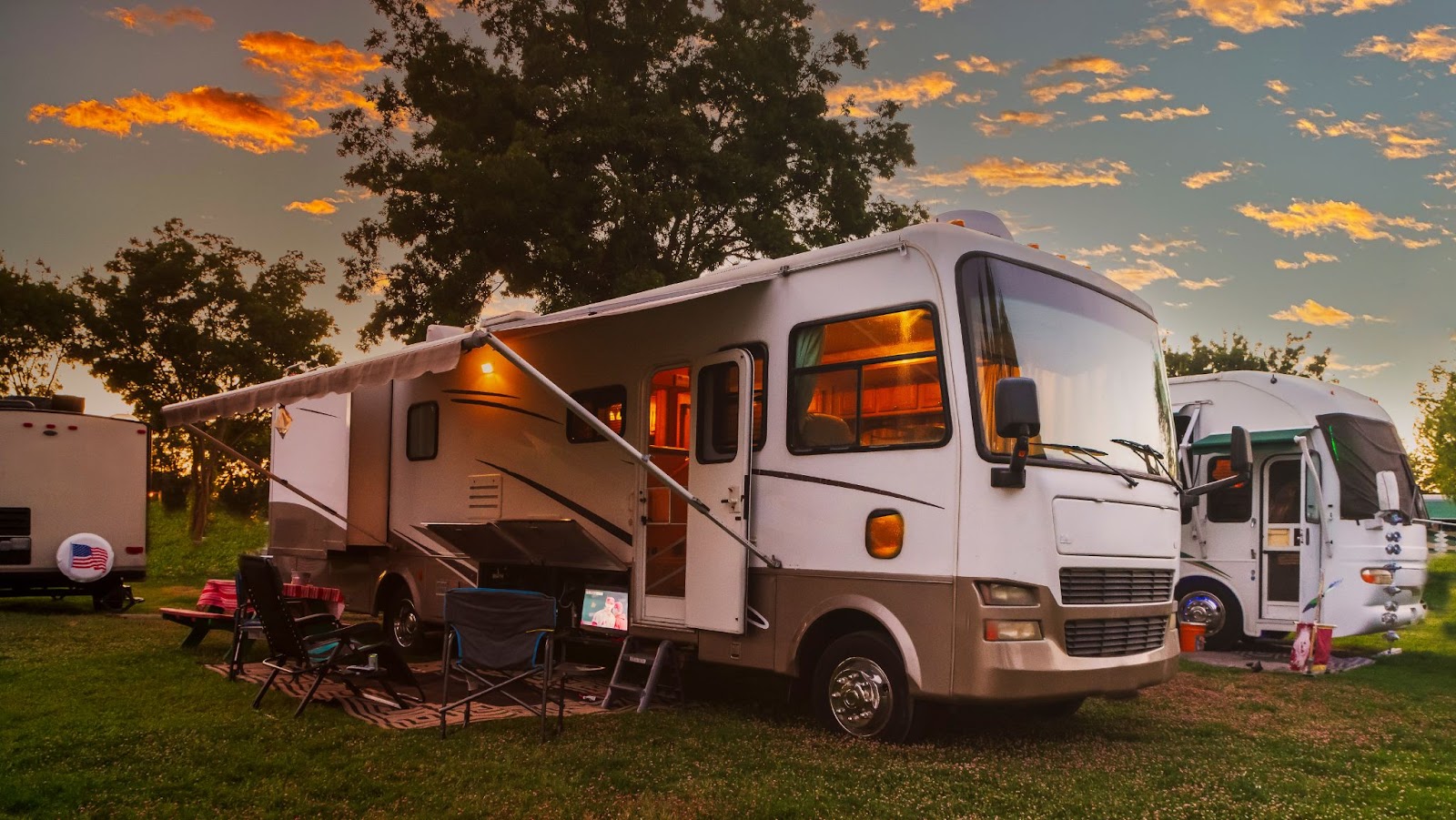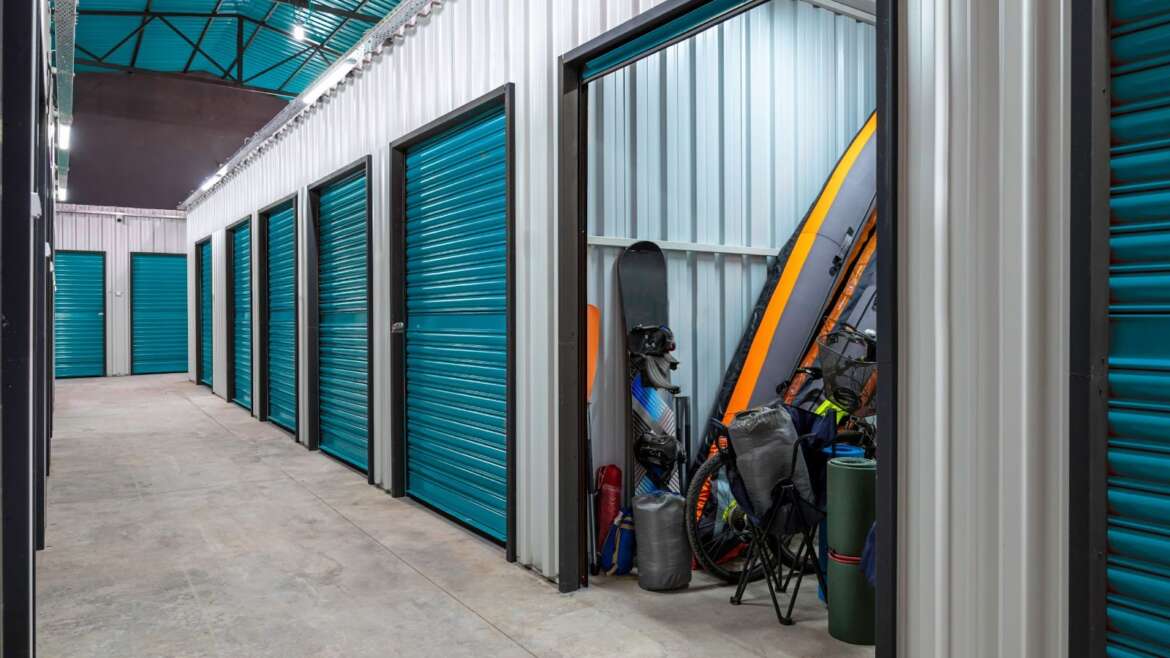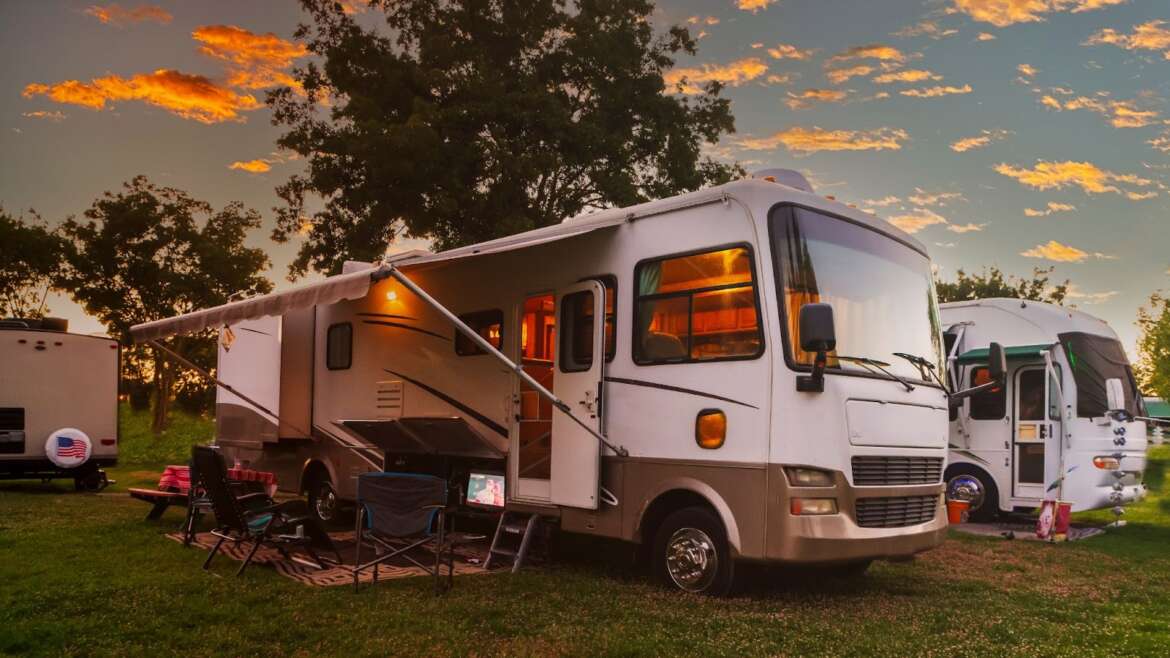If you travel in a motorhome, you know how essential propane is for everyday comfort — powering your stove, fridge, water heater, and more. But when the tank runs low, knowing how to refill your propane tank safely and correctly is key to keeping everything running smoothly.
Whether you’re getting ready for a road trip or topping off after a long journey, this step-by-step guide will walk you through the process safely, clearly, and confidently — so you can get back on the road without the guesswork.
Know your propane system
Before you touch a valve or grab a refill hose, take time to understand the setup you’re working with. Propane systems in RVs aren’t all the same, and knowing your specific type helps you stay safe and avoid damage.
Tank type: ASME vs. DOT
Most motorhomes have built-in ASME tanks (American Society of Mechanical Engineers). These are mounted permanently to the RV’s frame and refilled at propane stations. They don’t get removed or exchanged like portable tanks.
In contrast, DOT cylinders (Department of Transportation) are removable and usually found on travel trailers or fifth wheels. You swap them out or take them to a refill station separately.
If you’re working with a motorhome, you’re likely dealing with an ASME tank, and the refill process happens while the tank is still attached to your RV.
Tank location and valve access
ASME tanks are usually mounted underneath the side of the RV, with a compartment that includes the fill valve, service valve (on/off), bleeder valve, and gauge. Familiarize yourself with where these are and what they do:
- The fill valve is where you attach the refill hose.
- The service valve opens and closes the flow of propane to your RV’s appliances.
- The bleeder valve or spitter valve indicates when the tank is full. Stop refilling when you see white mist.
- The gauge shows the current propane level, typically as a percentage.
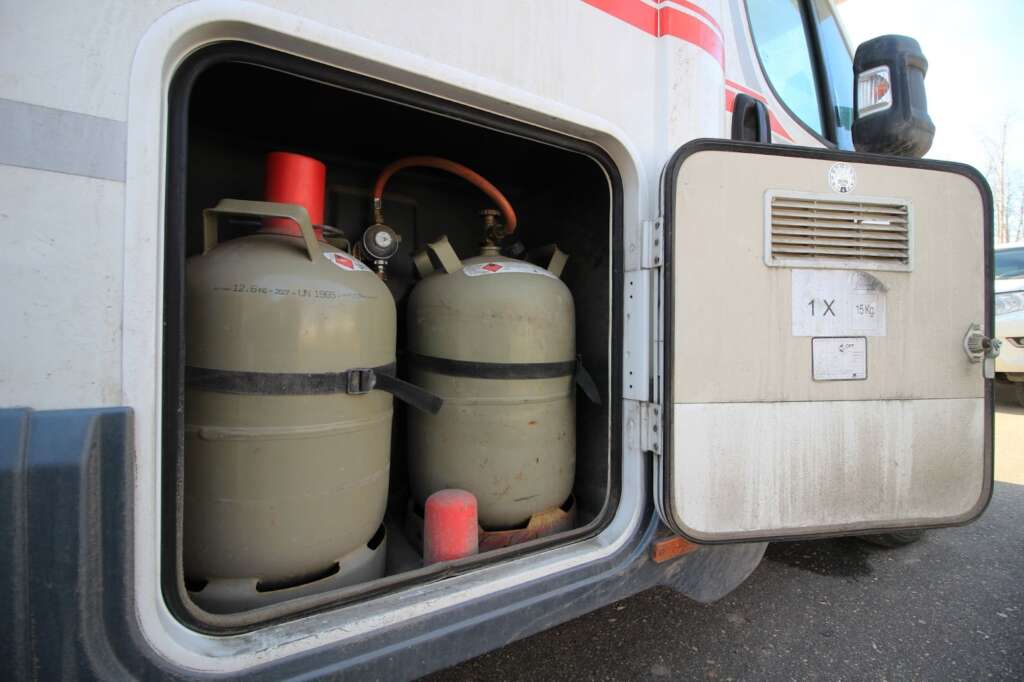
Choose a refill location
Not all propane refill stations are created equal, especially when you’re driving a motorhome. Choosing the right location helps you stay safe, avoid tight turns, and make the process quick and stress-free.
Look for RV-accessible stations
Your motorhome needs room to move. Choose a station with wide lanes, high clearances, and enough space to pull in, align with the refill hose, and exit safely.
Travel centers, RV parks, self-storage, and dedicated propane providers often have setups designed for larger vehicles. Avoid tight gas stations or hardware store lots unless you’re absolutely sure you’ll fit.
Turn off appliances and power sources
Before you refill your propane tank, safety comes first — and that starts with shutting everything down. Propane is highly flammable; even a small spark or open flame can lead to a dangerous situation during refueling.
Position your RV correctly
First, your propane tank’s fill valve needs to be easily accessible to the station’s hose. If you’re too far away—or angled awkwardly—you might strain the hose or force the technician to stretch equipment beyond its reach, which isn’t safe for anyone.
Second, you need enough clearance to move slowly and park securely. Straighten your wheels, engage the parking brake, and use wheel chocks if you’re on a slope. The more stable your RV is, the safer the process will be for everyone involved.
Proper positioning also helps the technician maintain control of the equipment and stay alert to any potential issues. A clean, clear setup means fewer mistakes, better visibility, and a smoother refill from start to finish.
Inspect the tank and connections
Before you start the refill process, always take a few minutes to inspect your propane tank and its connections. This quick step helps prevent leaks, equipment failure, and safety risks.
1. Check the tank’s condition
Look for visible damage, such as dents, cracks, or rust, especially around seams and welds. Surface rust is common, but deep corrosion will weaken the tank and make it unsafe to fill. If the tank shows signs of serious wear, do not attempt to refill it.
2. Inspect the valves
Examine the fill valve, service (on/off) valve, and bleeder (spitter) valve. Make sure they’re free of dirt, damage, or residue. Valves should turn smoothly but still feel secure — never force a stuck valve open or closed.
3. Look at hoses and fittings
If your system has any visible propane lines or connectors, check for cracking, splitting, or signs of wear. Look for oily residue or discoloration, which may indicate a slow leak.
4. Check the gauge
Verify your propane level before filling. If it reads full but you suspect a malfunction, don’t risk overfilling — have a technician inspect it.
Connect the refill hose
Once your motorhome is parked securely and your propane system is shut down, it’s time to connect the refill hose. This step needs your full attention — proper connection is key to a safe and successful refill.
- Remove the protective cap
- Inspect the fill port
- Align the refill hose nozzle
- Tighten the connection securely
- Crack open the bleeder valve
With the hose connected and the bleeder valve open, you’re ready to move on to the actual refill. Connecting everything the right way helps avoid leaks, overfills, and safety hazards.
Begin filling your tank
Watch the bleeder valve closely. When it starts releasing a steady white mist, your tank is about 80% full — that’s your cue to stop. Immediately close the supply valve.
Then, close the bleeder valve securely. Wait a few seconds for the pressure to settle before disconnecting the hose.
Disconnect and clean up
Start by slowly unscrewing the refill hose from the fill valve. You may hear a brief hiss as pressure releases. Keep your face and hands clear of the connection as you remove it.
Replace the dust cap on the fill valve to keep it clean and protected. Then, do a quick visual check for leaks or frost buildup. If everything looks good and there’s no propane smell, you’re all set.
Perform a leak check
After refilling your propane tank and reconnecting everything, it’s important to check for leaks before turning anything back on.
Start by mixing a small amount of dish soap with water in a spray bottle. Spray the soapy solution around the fill valve, bleeder valve, and any other connection points you touched during the refill.
Watch closely. If you see bubbles forming and growing, that means propane is leaking. If that happens, shut the valve immediately and do not use your propane system. Contact a certified technician for repairs.
If no bubbles appear, you’re good to go. A quick leak check takes less than a minute and gives you peace of mind that everything’s sealed up and safe.
Turn appliances back on safely
Start by slowly opening the tank’s main service valve all the way. This restores propane flow to your RV’s lines.
Next, turn your appliances back on one at a time. Begin with the stove or cooktop — this is the easiest way to clear air from the lines and confirm the system is working. You may need to wait a few seconds for the gas to reach the burner, especially if the tank was fully empty before refilling.
Once the burner lights smoothly and burns with a steady blue flame, you can continue turning on other appliances like the water heater, fridge, or furnace.
If anything sputters, won’t ignite, or smells like gas, turn everything off and check again for leaks or flow issues.
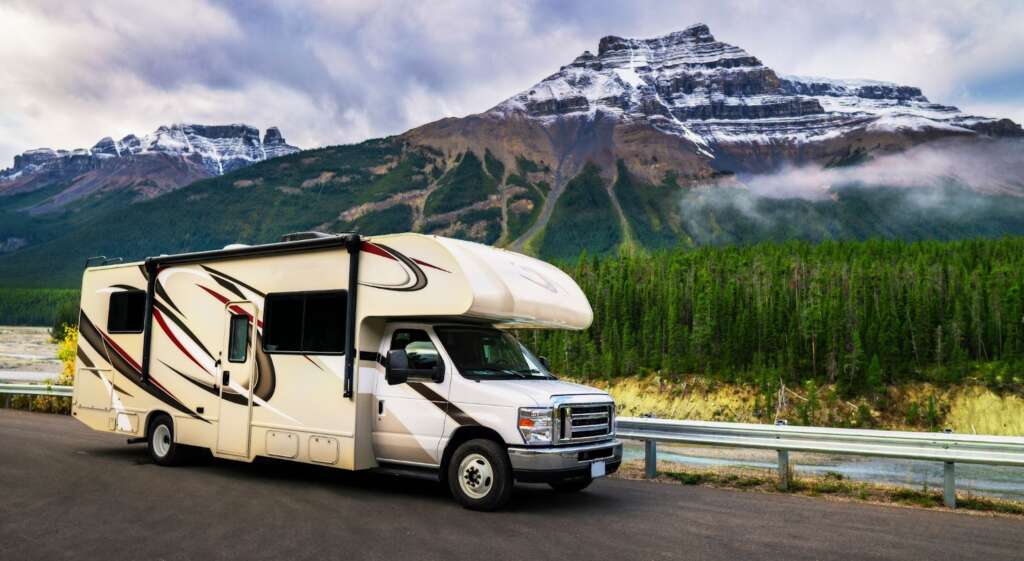
Fill your propane tank at Bear River Storage
When it’s time to refill your propane tank, don’t waste time hunting for a station that may or may not be RV-friendly. At Bear River Storage, we make the process easy. Our on-site propane refill station is designed with motorhomes in mind — spacious access, trained staff, and no unnecessary hassle.
Whether you’re topping off for your next trip or wrapping up the season, swing by Bear River Storage and fill up with confidence. We’ll help you get it done quickly, safely, and conveniently.

